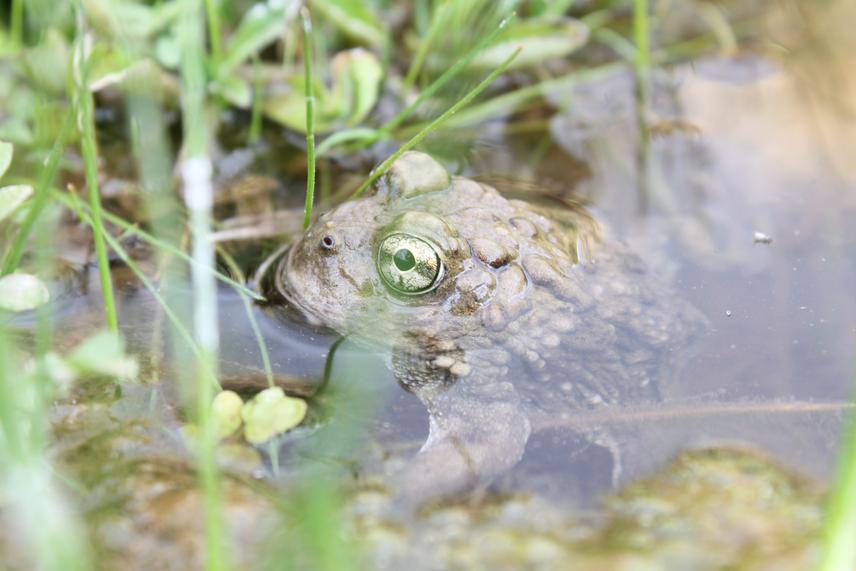Martínez Tomás Agustín
The main objectives of this project are:
1) To update the distributional range of the species;
2) to better know the frequency and severity of threats affecting this species;
3) to update the conservation status of the species at the IUCN Red List;
4) a significant number of people know about this species problematic and participate in conservation activities. We hope that this project will be the beginning of a conservation program for the species.

San Juan Andean Water Frog, Telmatobius contrerasi is a microendemic species of Argentina. In 2004, the IUCN listed T. contrerasi as Data Deficient. However, in Argentina, the last categorization made by the Asociación Herpetológica Argentina in 2012 included it as Threatened. Since the species description, only 10 individual have been found. Despite the efforts to investigate this species, its biology and ecology remains unknown. T. contrerasi is a microendemic species, with a distribution area fewer than 20,000 km2. Livestock pressure on the scarce streams that occur in the area, burning of the vegetation of riverbanks, the presence of exotic fishes, water contamination by mercury and the presence of chytridiomycosis have been established as threats that this species is facing.
Our project combines basic research, awareness raising, citizen science, and conservation activities. We propose a broad investigation that allows updating conservation status. Therefore, the initial effort will be destined to increase the knowledge on distributional range of T. contrerasi. To achieve this, two approaches will be used: by field surveys, and through a citizen science approach. One of the main objectives of citizen science projects is teaching local people on the process of scientific research and discovery.
Since local participation is essential to ensure the success of conservation actions, we also aim to raise awareness about the situation of the San Juan Andean Water Frog to the community. To achieve this, we will develop an awareness raising campaign that uses T. contrerasi as a flagship species, and to inform the society about the conservation status of amphibians worldwide and the actions needed to their conservation. This divulgation campaign will focus on schools near the distribution area, and university in the province, management and control agencies and companies that exploit the area, to emphasize on potential participants in the project, such as biologist, naturalists, rangers, farmers, geologists, mine employees, among others. If we could find a population of the species, we will also investigate natural history and ecology of the species, such as abundance, daily and seasonal activity, and habitat use on adults.
Finally, we also aim to assess the threats that species faces, such as presence of mercury in the streams in the distribution area of the species, presence of chytridiomycosis, and presence of exotic fishes. This information will be used to update the conservation status of the species in the IUCN Red List. We expect our project to become a long-term program for San Juan Andean Water Frog conservation.